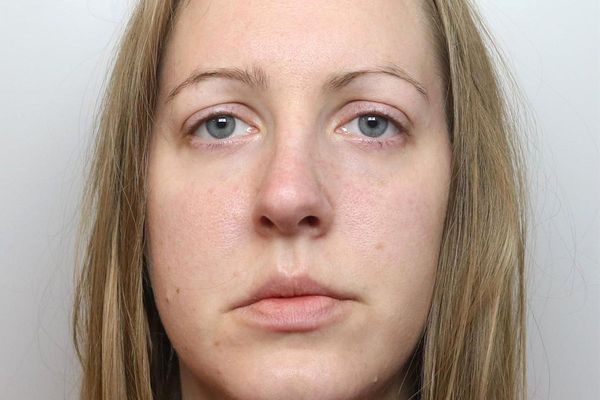
The reason for the construction of Westminster Abbey’s spectacular Queen’s Diamond Jubilee Galleries is a mystery that dates back nearly 800 years.
But a London historian believes he is solved the conundrum through research that suggests they were built to accommodate paupers taken to watch services before being given free meals on feast days.
Professor David Carpenter, from King’s College, arrived at the explanation while writing a new biography of Henry III, the monarch who built the galleries and most of the Abbey as it exists today.
“There would be no beggars in the Strand in Henry’s day, they’d all be in Westminster having a good meal,” Professor Carpenter told the Standard, as he described a medieval act of charity that would still be welcomed today.
“I think I’m the first person to make the link between the feeding of paupers on great feast days and the use of the galleries before their meal and they attend these great services.”
Professor Carpenter, whose new biography is published this month to coincide with the 800th anniversary of Henry III’s coronation, said the galleries were an “extraordinary space” and had been built on the monarch’s orders between 1245 and 1269.
They were closed to the public until 2018 when they were opened by the Queen and named the Diamond Jubilee Galleries and now contain Abbey treasures as well as the original sculptures of ordinary people.

Professor Carpenter said the galleries were “extremely costly and structurally unnecessary” and “without parallel” among contemporary churches of similar size in England or France and that their construction had remained unexplained.
But he said documentary evidence that he has uncovered about the feeding of 5,016 paupers by Henry III on a feast day to commemorate Edward the Confessor, the Abbey’s original founder, had led him to a potential answer.
He added: “One of the great things at the Abbey in recent years has been the opening of the Diamond Jubilee Galleries. They are amazing – it’s a second storey which created a huge amount of extra space that was very rare at the time and no-one is sure why it is done.

“What I think is that because Henry III on great church festivals fed thousands of paupers, these galleries were created was because on these feast days all the paupers went up there. It was only after that they’d gone there and attended the service that they went down to Westminster Hall and were fed.
“The galleries are very much linked to Henry’s almsgiving and general piety and the Abbey being a national church.”
Henry III reigned from 1216 to 1272 and is described as “one of the most cultured monarchs ever to sit on the English throne” in the Oxford Companion to British History.
It says that he was “inspired by artistic beauty for its own sake” and that this led him to spend “huge sums” on the rebuilding of Westminster Abbey, which he turned into the royal necropolis.
A recently published history of the Abbey adds that Henry’s “total rebuilding” of Edward the Confessor’s original church created a new Gothic building of “unprecedented lavishness” and that he remains its “most celebrated patron”.
The Queen’s Diamond Jubilee Galleries had been closed to the public for more than 700 years until their reopening in 2018.
They now display the Abbey’s greatest treasures, including effigies of England’s medieval kings, manuscripts, paintings, sculptures and books, and a history of the building. The marriage licence for the Duke and Duchess of Cambridge’s wedding in 2011 is also on show.
Professor Carpenter is the son of a former Dean of Westminster Abbey and watched the Queen‘s coronation in 1953 from the galleries as a boy of six.
His book Henry III: the Rise to Power and Personal Rule. is published by Yale University Press.
Westminster Abbey was founded in 960 and has been the coronation church of monarchs since 1066. It is also the final resting place of 17 monarchs, as well as some of this country’s most famous people.
It has been the site of many national celebrations and events including in recent decades the marriages of Prince William and Kate Middleton, now the Duchess of Cambridge. It was also the site of the funeral of Princess Diana in 1997.







